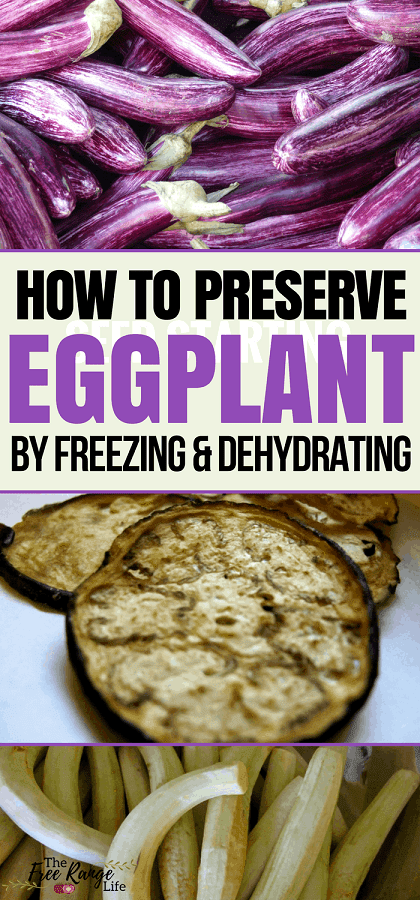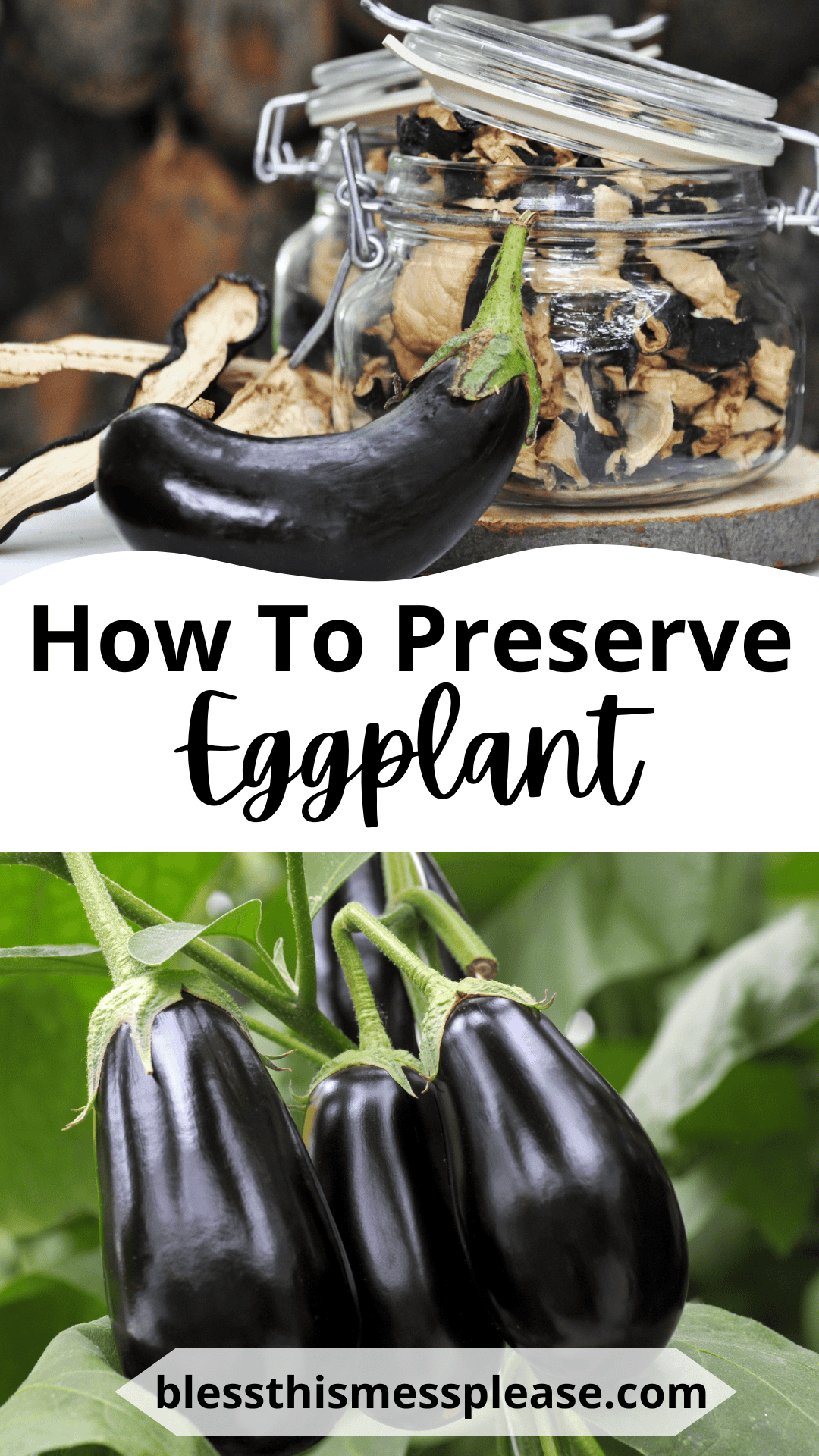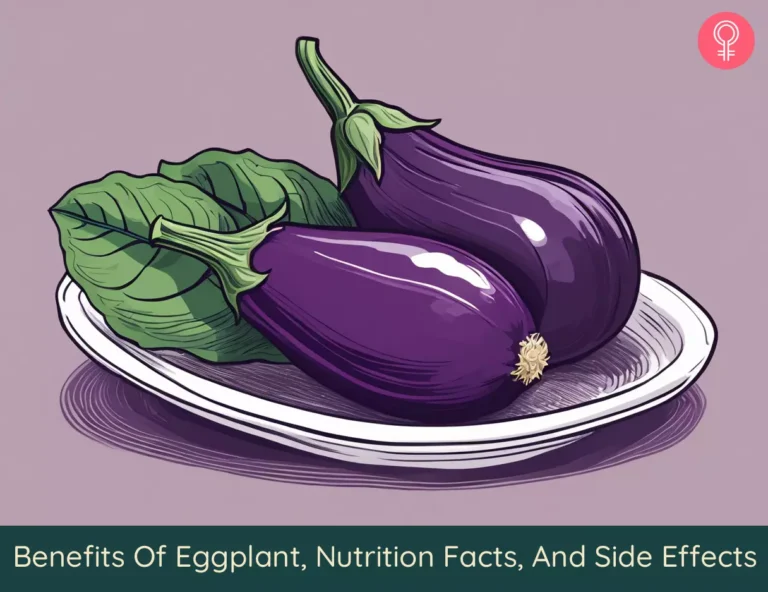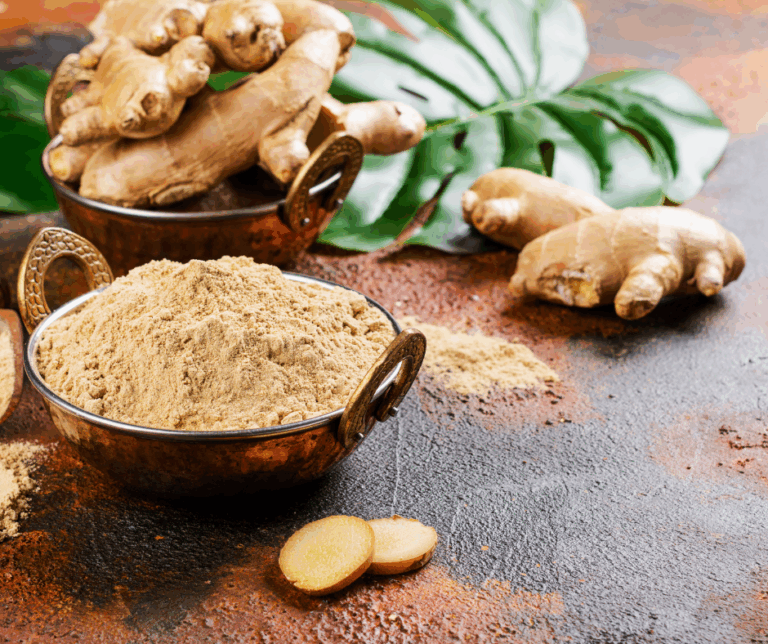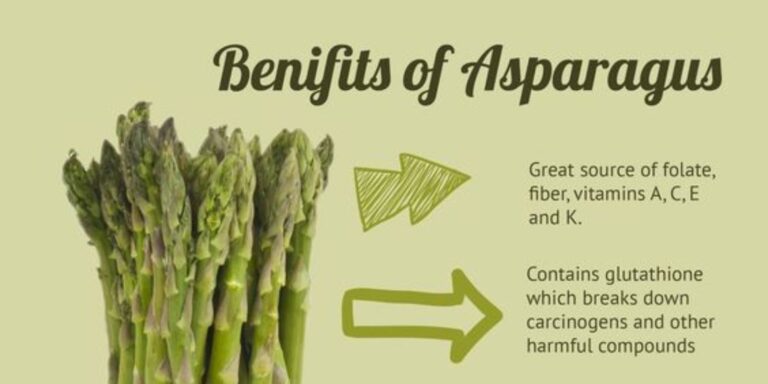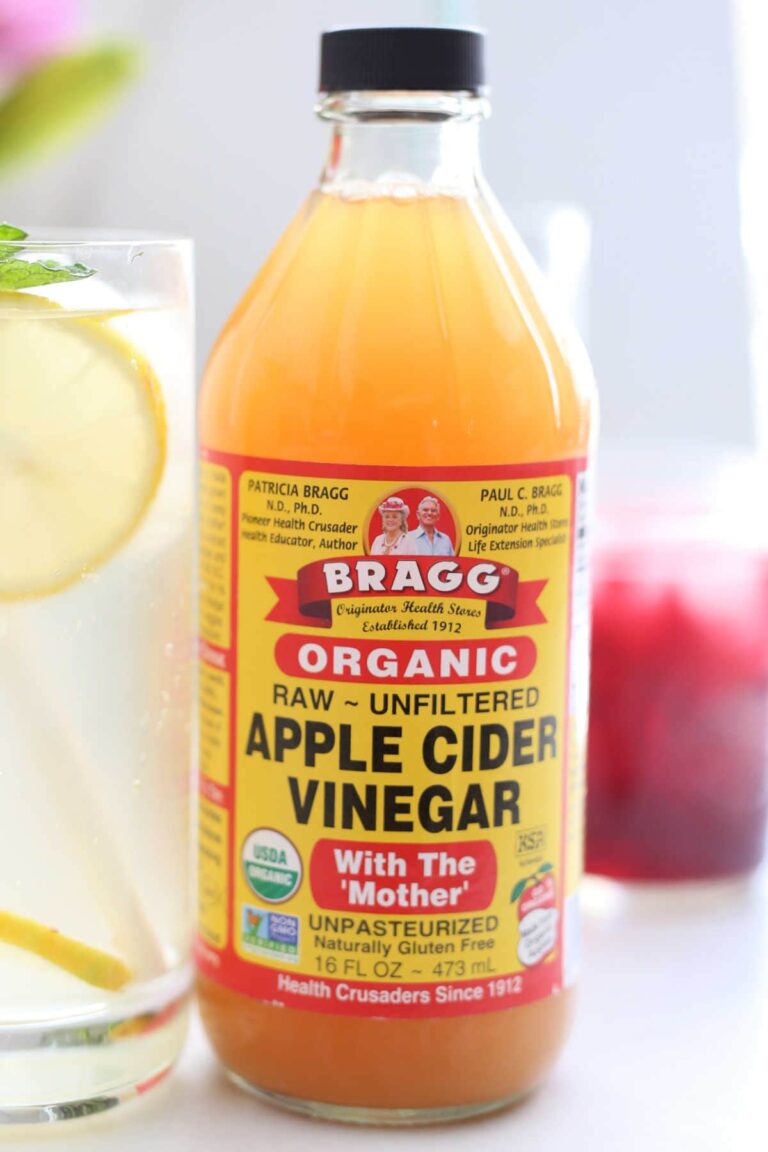The Aubergine’s Alchemy: Unlocking and Preserving the Potent Power of Eggplant
The eggplant, known to many as the aubergine, is a vegetable that often evokes strong opinions. For some, it’s a spongy enigma, a vessel for excessive oil, or a source of perplexing bitterness. For others, it’s a culinary chameleon, transforming into silken textures, smoky depths, and vibrant flavors that anchor some of the world’s most cherished dishes. But beyond its polarizing culinary reputation lies a truth often overlooked: the eggplant is a nutritional powerhouse, a treasure trove of antioxidants, fiber, and vital minerals, cloaked in a stunning purple skin.
Our journey with the eggplant, however, is not merely about appreciating its beauty or mastering its taste; it is a quest to understand its inner alchemy, to unlock its potent power, and – crucially – to preserve its delicate nutrients through mindful preparation. This is a story for the knowledgeable palate, for those who seek not just flavor, but the very essence of well-being within their food. It’s a narrative woven from science, culinary tradition, and the simple magic of transformation.
The Purple Heart of Health: Deconstructing Eggplant’s Nutritional Profile
Before we delve into the "how," let us first understand the "what." What exactly makes the eggplant so nutritionally compelling, and why is its preservation so important?
At the heart of the eggplant’s vibrant purple hue lies its most celebrated nutrient: Nasunin. This powerful anthocyanin, a type of flavonoid, is not just responsible for the eggplant’s stunning color; it’s also a potent antioxidant, primarily concentrated in the skin. Nasunin is particularly notable for its ability to protect cell membranes from damage, especially in the brain. Research suggests it can help shield lipids in brain cell membranes from free radical damage, potentially supporting cognitive health and reducing the risk of neurodegenerative diseases. Moreover, it aids in iron chelation, preventing excess iron from causing oxidative stress within the body.
But nasunin is just one star in a constellation of beneficial compounds. Eggplant is also rich in chlorogenic acid, another formidable antioxidant found in its flesh. Chlorogenic acid is a polyphenol known for its anti-inflammatory, antimicrobial, and anti-cancer properties. It’s also linked to regulating blood sugar levels and promoting cardiovascular health. This compound, often associated with coffee, is present in significant quantities in eggplant, contributing to its overall disease-fighting potential.
Beyond these superstar antioxidants, eggplant provides a substantial dose of dietary fiber. A single serving can contribute significantly to daily fiber recommendations, aiding in digestive health, promoting satiety, and helping to regulate blood sugar and cholesterol levels. The fiber content in eggplant, particularly the soluble fiber, acts like a sponge, binding to cholesterol and bile acids in the gut and facilitating their excretion, thereby contributing to heart health.
Vitamins and minerals also play a crucial role in eggplant’s nutritional tapestry. It’s a good source of Vitamin B6, essential for brain development and function, and for converting food into energy. Vitamin C, another well-known antioxidant, supports immune function and collagen production. Vitamin K is vital for blood clotting and bone health. Among minerals, eggplant offers potassium, crucial for blood pressure regulation and nerve function; manganese, an essential cofactor for many enzymes; copper, involved in iron metabolism and red blood cell formation; and magnesium, vital for muscle and nerve function, blood glucose control, and blood pressure regulation.
The sheer breadth of these nutrients paints a clear picture: eggplant is far more than just a culinary ingredient; it’s a functional food, offering a symphony of health benefits. But like any delicate masterpiece, its powerful components are susceptible to degradation. Our challenge, then, is to become custodians of this nutritional integrity.
The Silent Saboteurs: Understanding Nutrient Loss
Before we can preserve, we must understand the forces that diminish. Several factors conspire to reduce the eggplant’s nutritional bounty, particularly during preparation and cooking:
- Heat Degradation: Many vitamins, especially water-soluble ones like Vitamin C and some B vitamins, are sensitive to heat. Prolonged or excessively high temperatures can break down these compounds. Antioxidants like anthocyanins can also be affected, though some, surprisingly, can become more bioavailable with gentle heat.
- Oxidation: Exposure to air, especially after cutting, initiates enzymatic browning and oxidation. This process degrades delicate antioxidants and can reduce the overall nutritional value. Think of an apple turning brown – the same principle applies.
- Leaching: Water-soluble nutrients (Vitamin C, B vitamins, and some minerals) can leach out into cooking liquids, especially during boiling or excessive steaming. If these liquids are discarded, so too are a significant portion of the nutrients.
- Oil Absorption: While not directly degrading nutrients, eggplant’s spongy texture makes it notorious for soaking up oil. This dramatically increases calorie count and can overshadow the inherent health benefits if not managed carefully. Excess fat can also hinder the absorption of some nutrients.
- Cellular Damage: Aggressive cutting or excessive processing can damage cell walls, leading to greater exposure to air and enzymes, accelerating nutrient loss.
Armed with this understanding, we can now strategically approach our preparation methods, turning these potential saboteurs into opportunities for preservation.
The Art of Pre-Preparation: Laying the Foundation for Nutrient Retention
The journey to nutrient-rich eggplant begins long before it hits the pan. Thoughtful pre-preparation is the cornerstone of preservation.
1. Selection and Storage: The First Line of Defense
- Selection: Choose eggplants that are firm, heavy for their size, and have smooth, glossy skin without blemishes or soft spots. The cap and stem should be bright green, not shriveled. A healthy eggplant signals vibrant nutrients.
- Storage: Eggplants are sensitive to both cold and heat. Avoid refrigerating them for too long, as this can cause pitting and hasten decay, impacting texture and flavor, and potentially nutrient integrity. Store them at cool room temperature (around 50-55°F or 10-13°C) for no more than 3-4 days, away from other ripening fruits like bananas or tomatoes, which release ethylene gas and can accelerate spoilage.
2. Washing and Cutting: Gentle Care
Wash eggplant gently under cool running water and pat dry. When cutting, minimize exposure to air. While some argue for peeling the skin, remember that the skin is where most of the nasunin resides. Unless a recipe specifically calls for it, keep the skin on to maximize nutrient intake. Cut just before cooking to reduce oxidation. Use a sharp knife to create clean cuts, minimizing cellular damage.
3. The Salting Ritual: A Double-Edged Sword (and how to wield it)
The practice of salting eggplant slices before cooking is perhaps the most debated pre-preparation step. Historically, it was believed to "draw out bitterness" and reduce oil absorption. Modern eggplants, especially hybrid varieties, are generally less bitter. However, salting still offers significant advantages for nutrient preservation:
- Reducing Bitterness (for older varieties): Salting does indeed draw out some compounds that contribute to bitterness, though this is less crucial for modern, sweeter cultivars.
- Minimizing Oil Absorption: This is where salting truly shines for nutrient-conscious cooks. As salt draws out excess water, it collapses the cellular structure slightly, making the eggplant less porous. When cooked, this means the eggplant absorbs significantly less oil, keeping the dish lighter and healthier.
- Texture Enhancement: Salting firms up the flesh, preventing it from becoming mushy during cooking.
The Nutrient Trade-off & Mitigation: The concern with salting is potential nutrient leaching. As water is drawn out, some water-soluble vitamins and minerals can escape. However, the benefits of reduced oil absorption often outweigh this minor loss, especially if done correctly.
Best Practice for Salting:
- Slice or cube the eggplant as desired.
- Lay pieces in a single layer on a cooling rack set over a baking sheet.
- Lightly sprinkle with fine sea salt (don’t overdo it).
- Let sit for 30-60 minutes. You’ll see beads of moisture form on the surface.
- Crucially: Thoroughly pat dry with paper towels or a clean kitchen towel. This removes the bitter, salty liquid and any excess salt. The drier the eggplant, the better it will cook and absorb less oil.
By salting strategically, we’re not just improving texture and flavor; we’re actively managing the eggplant’s interaction with cooking fats, making the final dish healthier and more nutrient-friendly.
The Culinary Canvas: Cooking Methods for Nutrient Preservation
Now, with our eggplant perfectly prepped, we turn to the heat. Each cooking method offers a unique approach to coaxing out flavor while safeguarding those precious nutrients.
1. Roasting and Baking: The Gentle Embrace of Dry Heat
Roasting and baking are arguably the best methods for preserving eggplant nutrients. The dry, indirect heat encourages caramelization and concentrates flavors without excessive moisture loss or nutrient leaching.
- Why it works: High heat for a shorter duration can break down cell walls enough to release some antioxidants, potentially increasing their bioavailability, while minimizing the degradation of heat-sensitive compounds. The absence of water means no leaching.
- Technique for Preservation:
- High Heat: Preheat oven to 400-425°F (200-220°C). This ensures quick cooking and a tender interior with a slightly browned exterior.
- Minimal Oil: Toss salted and thoroughly dried eggplant pieces (cubes, slices, halves) with a very light coating of olive oil. A spray bottle can be excellent here. Olive oil, rich in monounsaturated fats and antioxidants, also aids in the absorption of fat-soluble vitamins.
- Single Layer: Arrange eggplant in a single layer on a baking sheet lined with parchment paper to prevent sticking and promote even cooking. Overcrowding leads to steaming, not roasting.
- Skin On: Keep the skin on to retain nasunin and fiber.
- Don’t Overcook: Roast until tender and slightly caramelized, typically 20-30 minutes for cubes, 30-45 minutes for halves, flipping halfway. Overcooking can lead to nutrient loss and a mushy texture.
Story Element: There’s a particular magic to roasted eggplant. The way its creamy flesh emerges from its slightly charred skin, the way its natural sweetness intensifies – it feels like a transformation, a culinary alchemy where the vegetable reveals its true, powerful self. It’s the method I recommend for the purest expression of eggplant’s nutritious potential.
2. Grilling: The Smoky Infusion
Grilling offers a similar dry-heat advantage to roasting, adding a distinctive smoky flavor while preserving nutrients.
- Why it works: Direct, high heat cooks quickly, minimizing nutrient loss. The charring on the outside creates new flavor compounds without significant nutrient degradation inside.
- Technique for Preservation:
- Thick Slices: Cut eggplant into thick slices (½ to ¾ inch) to prevent them from falling through the grates and to ensure they cook evenly without drying out.
- Salting is Key: Salt and pat dry thoroughly to reduce water content and prevent sticking.
- Light Oil Brush: Brush very lightly with olive oil on both sides.
- High Heat, Quick Cook: Grill over medium-high heat for 3-5 minutes per side, until tender with distinct grill marks. Don’t overcook.
3. Steaming: The Purest Path
Steaming is often lauded as the gentlest cooking method for nutrient retention, especially for water-soluble vitamins.
- Why it works: Minimal contact with water means minimal leaching. The moderate, even heat preserves delicate structures.
- Technique for Preservation:
- Uniform Pieces: Cut eggplant into uniform cubes or slices.
- Don’t Overcrowd: Arrange in a single layer in a steamer basket.
- Short Duration: Steam until just tender, typically 5-8 minutes. Over-steaming can make eggplant watery and bland.
- Quick Chill (Optional): If not using immediately, plunge into an ice bath to stop cooking and preserve color and texture.
While excellent for nutrient retention, steamed eggplant might lack the depth of flavor achieved through roasting or grilling. It’s best used in dishes where its mild flavor can be complemented by strong sauces or spices, or as a base for purées.
4. Sautéing: The Quick Dance (with caution)
Sautéing can be a quick and efficient method, but it requires careful management to prevent excessive oil absorption.
- Why it works (when done right): High heat, short cooking time can preserve many nutrients.
- Technique for Preservation:
- Salting is Paramount: Salt and thoroughly dry eggplant pieces to reduce porosity.
- Hot Pan, Small Oil: Heat a non-stick pan or a well-seasoned cast iron skillet over medium-high heat. Add a minimal amount of healthy oil (like olive or avocado oil).
- Don’t Overcrowd: Cook in batches if necessary. Overcrowding lowers the pan temperature, leading to steaming and increased oil absorption.
- Stir Frequently: Stir or flip pieces frequently to ensure even cooking and browning.
- Cook Until Tender-Crisp: Aim for tender but not mushy, with some browning.
5. Air Frying: The Modern Solution
Air frying has emerged as a fantastic alternative for achieving crispy textures with minimal oil, making it an excellent choice for eggplant.
- Why it works: Convection heat circulates rapidly, cooking quickly and evenly, mimicking deep-frying without the oil.
- Technique for Preservation:
- Salting and Drying: Essential for best texture and minimal oil.
- Light Oil Spray: Lightly spray or toss with a very small amount of oil to encourage browning.
- Single Layer: Cook in batches in a single layer.
- High Heat: Air fry at 375-400°F (190-200°C) for 15-20 minutes, shaking the basket halfway, until golden and tender.
Air frying provides a delicious, nutrient-friendly way to enjoy eggplant’s versatility.
The Long Game: Preserving Eggplant’s Power for Tomorrow
Sometimes, we have an abundance of eggplant, or we simply want to extend its shelf life. Preservation methods can lock in nutrients, allowing us to enjoy its benefits year-round.
1. Freezing: The Deep Slumber (Blanching is Key)
Freezing raw eggplant is generally not recommended as it results in a rubbery, unpleasant texture upon thawing. The key to successful freezing lies in blanching.
- Why Blanching? Blanching (briefly boiling, then plunging into ice water) serves several critical functions:
- Stops Enzyme Action: Enzymes cause flavor, color, and nutrient degradation. Blanching deactivates them.
- Preserves Color: Maintains the eggplant’s vibrant hue.
- Softens Slightly: Makes the eggplant more pliable for packing.
- Reduces Bulk: Makes it easier to store.
- Technique for Freezing:
- Prepare Eggplant: Wash, peel (optional, but recommended for some dishes if texture is a concern), and cut into cubes, slices, or desired shapes.
- Blanch: Bring a large pot of water to a rolling boil. Drop eggplant pieces into the boiling water for 3-4 minutes (depending on size).
- Ice Bath: Immediately transfer the blanched eggplant to a large bowl of ice water to stop the cooking process.
- Drain and Dry: Once completely cooled, drain thoroughly and pat very dry. Excess moisture leads to freezer burn.
- Freeze: Spread eggplant in a single layer on a baking sheet and freeze until solid (this prevents clumping).
- Store: Transfer frozen pieces to airtight freezer bags or containers, removing as much air as possible. Label with the date. Eggplant can be frozen for up to 8-12 months.
Frozen eggplant is best used in cooked dishes like stews, curries, casseroles, or puréed dips (like baba ghanoush) where a slightly softer texture is desirable.
2. Dehydrating: The Concentrated Essence
Dehydrating removes water, concentrating flavors and nutrients (though some heat-sensitive vitamins may degrade).
- Why it works: Eliminates moisture, preventing spoilage.
- Technique for Preservation:
- Prepare: Wash, peel (optional), and slice eggplant thinly (¼ inch thick). Blanching for 2-3 minutes can help prevent discoloration and improve rehydration, but is optional if using a dehydrator quickly.
- Dehydrate: Arrange slices in a single layer on dehydrator trays. Dehydrate at 125°F (52°C) for 8-12 hours, or until brittle.
- Store: Store in airtight containers in a cool, dark place.
Dehydrated eggplant can be rehydrated for use in stews, soups, or ground into a powder to add a nutritional boost and subtle flavor to various dishes.
3. Pickling and Fermenting: The Tangy Transformation
Beyond mere preservation, pickling and fermenting transform eggplant, often enhancing nutrient bioavailability and introducing beneficial probiotics.
- Why it works: Acidity (from vinegar in pickling, or lactic acid in fermentation) preserves food. Fermentation, in particular, can increase the content of certain B vitamins and introduce gut-healthy bacteria.
- Technique (Quick Pickling):
- Prepare: Cook eggplant slices (roast, steam, or grill lightly) until tender.
- Brine: Prepare a hot brine of vinegar (e.g., apple cider or white vinegar), water, salt, and desired spices (garlic, herbs, chili flakes).
- Pack: Pack cooked eggplant into sterilized jars, pour hot brine over, ensuring eggplant is fully submerged.
- Seal: Seal and refrigerate. Consume within a few weeks.
- Technique (Fermentation – advanced): This involves submerging cooked or blanched eggplant in a salt brine and allowing beneficial bacteria to convert sugars into lactic acid. This is a more complex process requiring specific conditions and vigilance against spoilage, but yields a unique flavor and probiotic benefits.
Story Element: The rich tradition of pickled eggplant, especially in Mediterranean and Middle Eastern cuisines, speaks to a wisdom that extends beyond immediate consumption. It’s a way of honoring the harvest, extending its life, and, as we now know, often enhancing its nutritional complexity.
4. Preserving in Oil: The Mediterranean Legacy
Cooked eggplant preserved in olive oil is a classic Mediterranean preparation, enhancing flavor and extending shelf life.
- Why it works: Oil creates an anaerobic environment, inhibiting spoilage. The fat also helps with the absorption of fat-soluble nutrients.
- Technique:
- Cook Thoroughly: Eggplant must be fully cooked (roasted, grilled, or pan-fried) until very tender. This is crucial for safety.
- Acidify: Submerge the cooked eggplant in vinegar for a short period (e.g., 30 minutes in a 50/50 vinegar/water solution) or ensure the eggplant is adequately acidified during cooking. This is a critical safety step to prevent botulism.
- Pack and Submerge: Pack the cooked, acidified eggplant into sterilized jars, layering with garlic, herbs, and chili if desired. Cover completely with good quality olive oil, ensuring no air bubbles.
- Refrigerate: Seal and refrigerate immediately. Use within 2-3 weeks.
Important Safety Note: Preserving low-acid vegetables like eggplant in oil without proper acidification and sterilization carries a risk of botulism. Always ensure eggplant is thoroughly cooked and sufficiently acidified before submerging in oil, and store in the refrigerator. For long-term shelf-stable preservation, pressure canning is the only safe method.
The Symphony of Synergy: Culinary Combinations for Enhanced Nutrition
The journey doesn’t end with perfect preparation; it extends to how we combine eggplant with other ingredients. Food synergy suggests that nutrients often work better in concert than in isolation.
- Healthy Fats: Pairing eggplant with healthy fats like olive oil or avocado oil isn’t just for flavor; it’s crucial for the absorption of fat-soluble vitamins (like Vitamin K) and antioxidants. The monounsaturated fats in olive oil are also beneficial for heart health.
- Acidic Ingredients: Tomatoes, lemon juice, and vinegars not only brighten eggplant’s flavor but can also enhance the bioavailability of certain minerals and antioxidants. The Vitamin C in tomatoes, for instance, can improve iron absorption.
- Aromatic Companions: Garlic, onions, and herbs (oregano, basil, parsley) are not just flavor enhancers; they bring their own powerful antioxidant and anti-inflammatory compounds to the table, creating a robust nutritional profile for the entire dish.
- Whole Grains and Legumes: Serving eggplant with quinoa, brown rice, or lentils adds complex carbohydrates, protein, and additional fiber, creating a balanced and nutrient-dense meal.
Consider classic dishes like Moussaka, Ratatouille, or Baba Ghanoush. These recipes, perfected over generations, intuitively combine eggplant with ingredients like tomatoes, garlic, herbs, and olive oil – a testament to a culinary wisdom that instinctively understood food synergy.
The Philosophy of Mindful Cooking: Beyond Technique
Ultimately, preparing eggplant to preserve its powerful nutrients is more than just a set of techniques; it’s a philosophy. It’s an act of mindfulness, a conscious decision to respect the food we consume and to maximize its potential to nourish our bodies.
It means moving beyond the simple act of "cooking" to an understanding of "transformation." It’s recognizing that the heat of the oven, the acidity of the vinegar, or the cold of the freezer are not just tools, but agents of change, each with the power to either diminish or amplify the life-giving properties within.
For the knowledgeable audience, this isn’t a revelation, but a reinforcement. It’s an invitation to deepen our connection with our food, to explore the scientific underpinnings of traditional wisdom, and to approach every ingredient with curiosity and intention. The eggplant, in its humble purple glory, becomes a teacher, guiding us towards a more holistic and nutrient-rich way of eating.
Conclusion: The Enduring Legacy of the Aubergine
The eggplant, often underestimated, reveals itself as a true marvel when approached with knowledge and respect. Its powerful nutrients – nasunin, chlorogenic acid, fiber, and a host of vitamins and minerals – stand ready to bolster our health, from brain function to cardiovascular well-being.
By understanding the delicate balance of its chemistry and the potential pitfalls of improper preparation, we can transform the act of cooking into a deliberate preservation of its nutritional legacy. From the mindful choice of fresh produce to the strategic application of heat, from the ancient art of salting to the modern innovation of air frying, and through the thoughtful processes of freezing and pickling, we empower ourselves to unlock and retain the eggplant’s potent power.
This journey with the aubergine is a testament to the profound connection between culinary skill and nutritional science. It’s a story of discovery, of honoring tradition, and of embracing the future of healthy eating. So, next time you encounter this magnificent purple gem, remember the alchemy within, and prepare it not just for taste, but for the enduring gift of its powerful nutrients.
